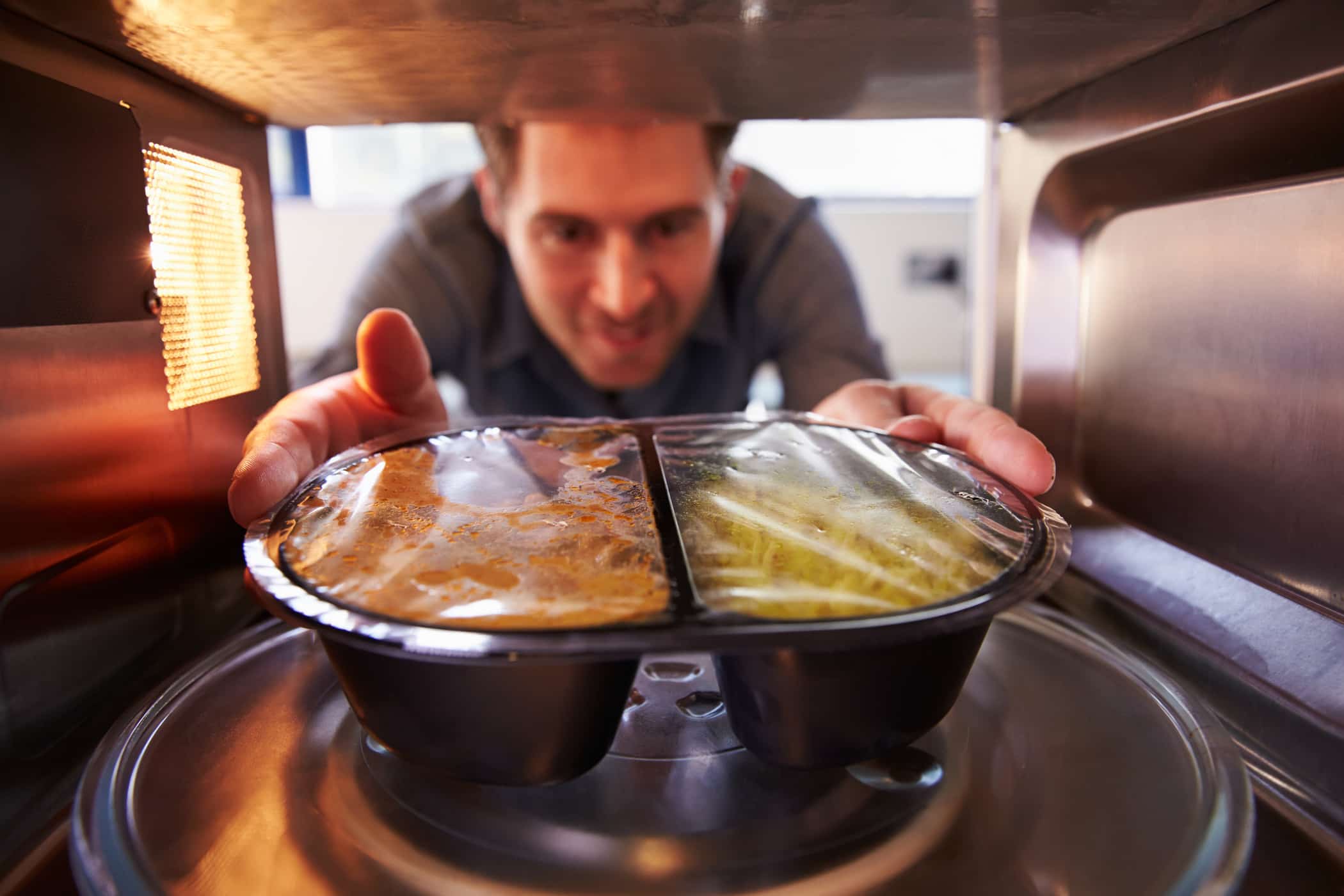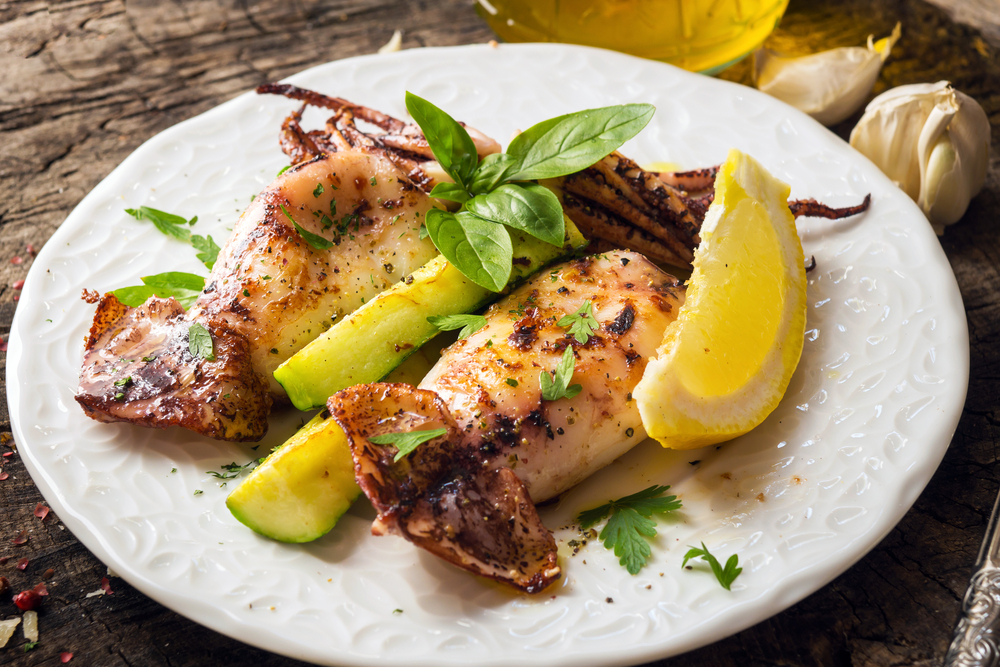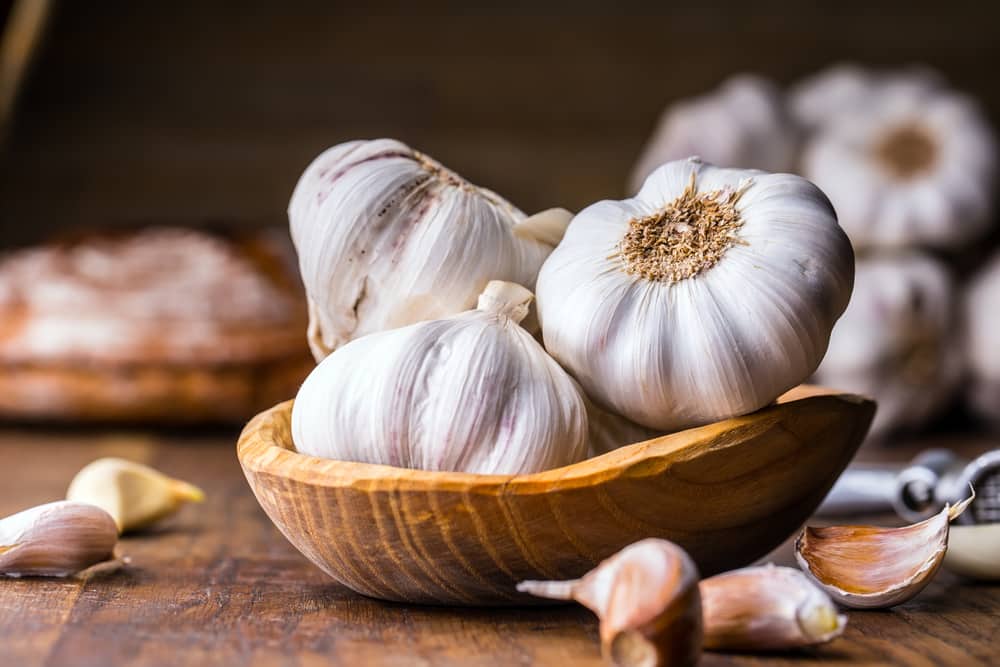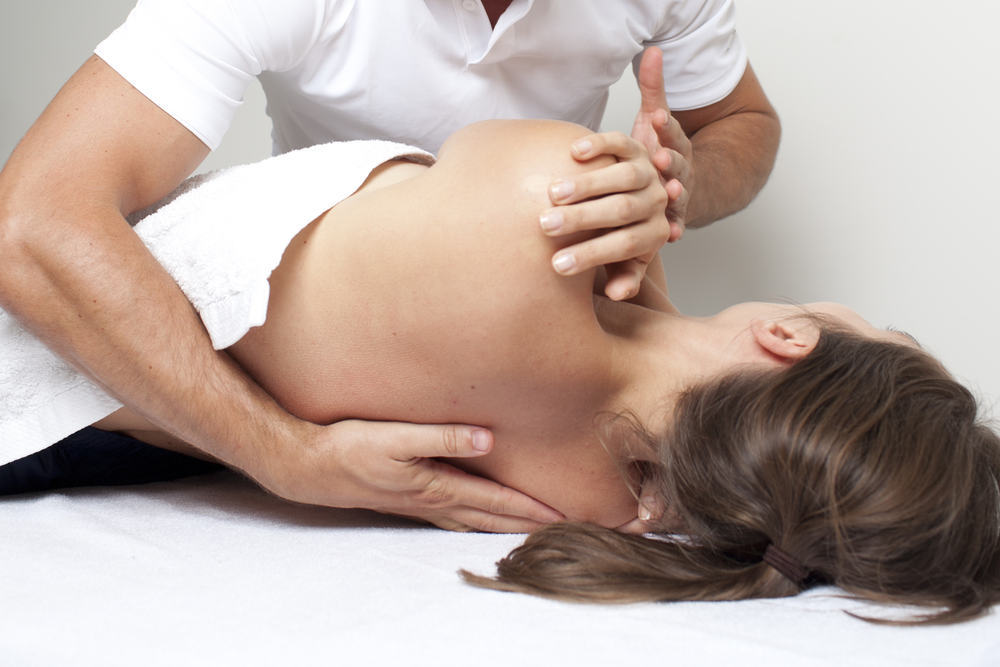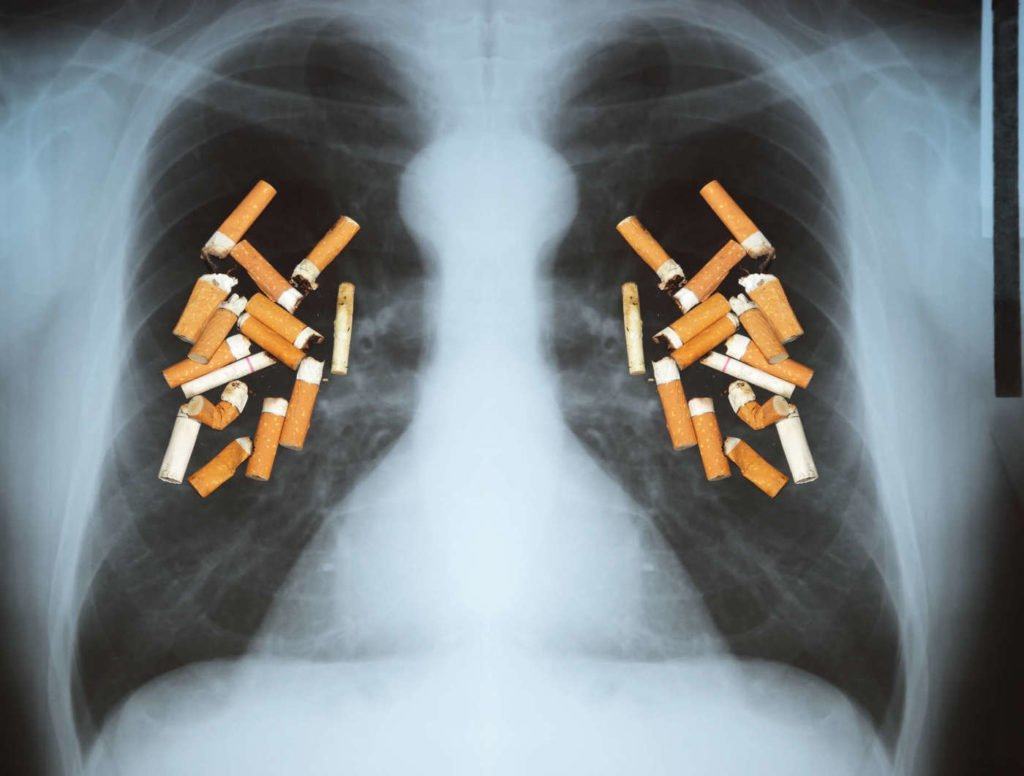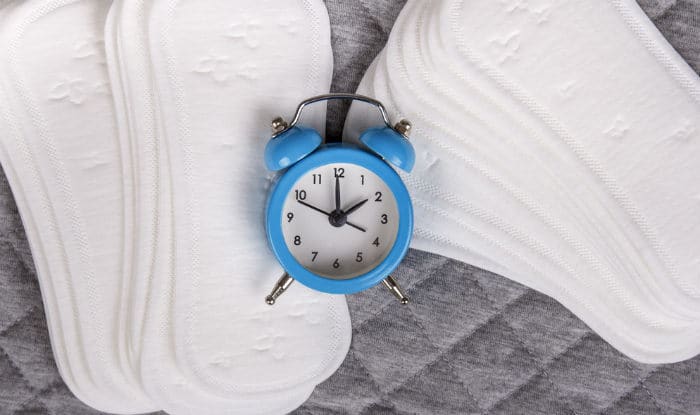Contents:
- Medical Video: BPA in Food Containers: What You Need to Know
- Get to know various types of plastic containers
- Chemical content in food storage containers
- So, is it safe to heat food in a plastic container in the microwave?
Medical Video: BPA in Food Containers: What You Need to Know
Are you one of the people who likes to heat food in the microwave? Practicality and time saving are two main reasons for using a microwave to heat food. Some people may have the habit of taking food from the refrigerator then cooking it into the microwave. In just three minutes, the food is ready to be eaten. But, is it true, heating food with plastic in the microwave is safe? See the explanation below.
Get to know various types of plastic containers
Have you ever heard about heating food using plastic containers in a microwave can cause cancer? Hmmm ... Actually this news is not entirely true. Plastic material that is usually used as a container to heat food does not contain dioxin. This is because dioxin only appears when garbage, plastic, metal, wood, and other materials are burned.
So, as long as you don't burn your food in the microwave, you won't be exposed to dioxin. However, is it still safe to heat food in plastic in the microwave?
Basically there is no single substance called "plastic", because the term includes many ingredients made from various organic and inorganic compounds. Before discussing further, it helps us to know in advance the types of plastic containers on the market. So the plastics on the market are divided into three types that depend on their uses, namely:
- Plastics designed for household products
- Plastics used to store gardening supplies
- Plastics that are specifically made to store food and drinks that we consume daily.
Well, companies that make food storage containers certainly use different materials compared to companies that do not produce food storage containers that can be heated. So not all chemicals used to make plastic containers are the same.
Chemical content in food storage containers
There are a number of chemicals added to plastic food storage containers to form and stabilize chemicals in them. However, there are generally two components in the plastic you are aware of, namely bisphenol-A (BPA) which is added to make the plastic clear and hard, and the phthalates added to make the plastic soft and flexible.
BPA and phthalates are often believed to be "disruptors of the endocrine system", which can interfere with the normal functioning of human hormones and can have a negative impact on health. This is because BPA and phthalates can move to food when heated, especially in fatty foods like meat and cheese.
In addition, if exposure to BPA is exposed to pregnant women, it will cause interference during pregnancy. That's why the US Food and Drug Administration (FDA) prohibits the use of BPA in baby products and pregnant women.
Before producing heated food storage containers, the United States Food and Drug Administration (FDA) requires plastic container manufacturers to test them first using tests that meet FDA standards and specifications. Then the data test results are reviewed again before the FDA agrees that the containers are safe for use in the microwave.
Some of these tests are carried out to measure the migration of chemicals at several hot temperatures, which is to determine the resistance of the plastic container during use. And only plastic containers that pass the test, can display "microwave-safe" labels, or words that say they have been approved for use in the microwave.
So, is it safe to heat food in a plastic container in the microwave?
Generally the label "microwave-safe" only informs you that the container will not melt when it enters the microwave. But not necessarily they are really safe to be in hot temperatures. Moreover, at present many companies do claim to produce products that are BPA-free, but in reality they still include chemical substitutes which turn out to be equally dangerous.
To prevent various dangers caused by the use of plastic containers, here are some things you need to pay attention to before using a microwave:
- It is best to heat the food using a ceramic or glass container that can indeed be used in a microwave oven
- Also, don't use a plastic container labeled "microwave-safe" that has been scratched and the color has changed. Because the part can expose the chemical content to food.
- Use a food thermometer to ensure that the food has reached a safe cooking temperature.

